#Castelló de Farfaña
Text



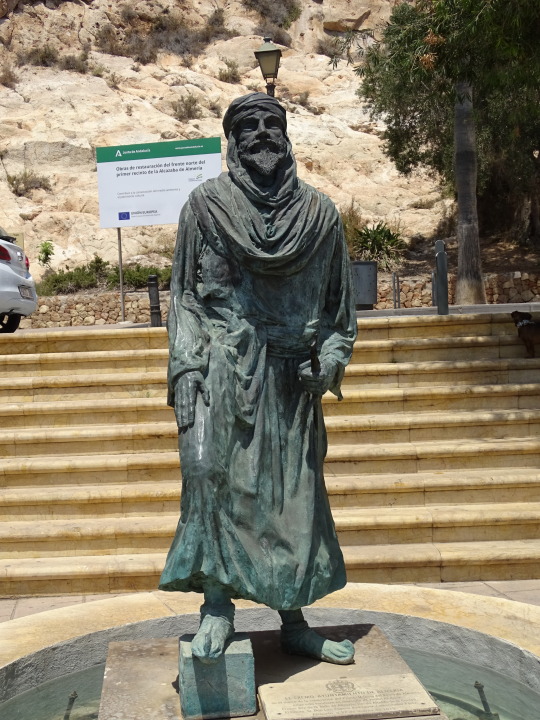
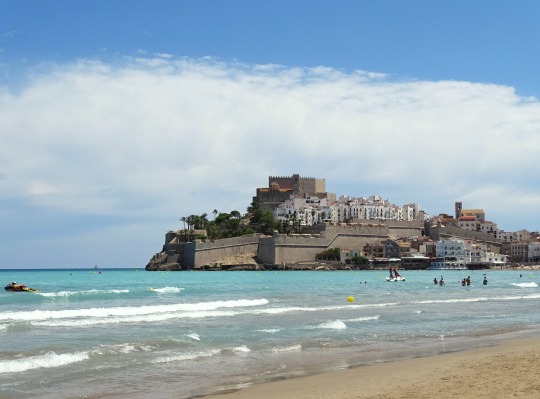


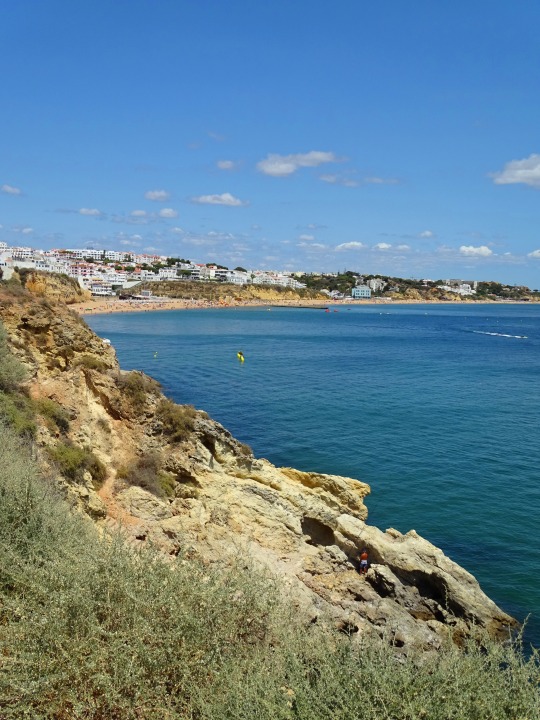




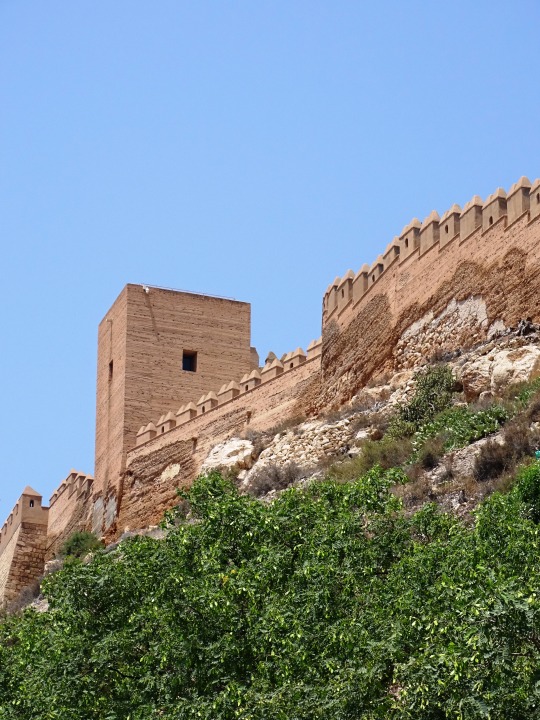

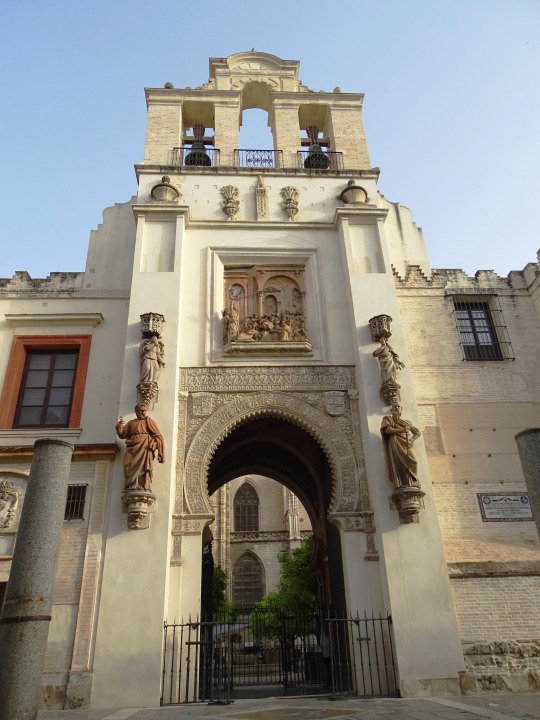

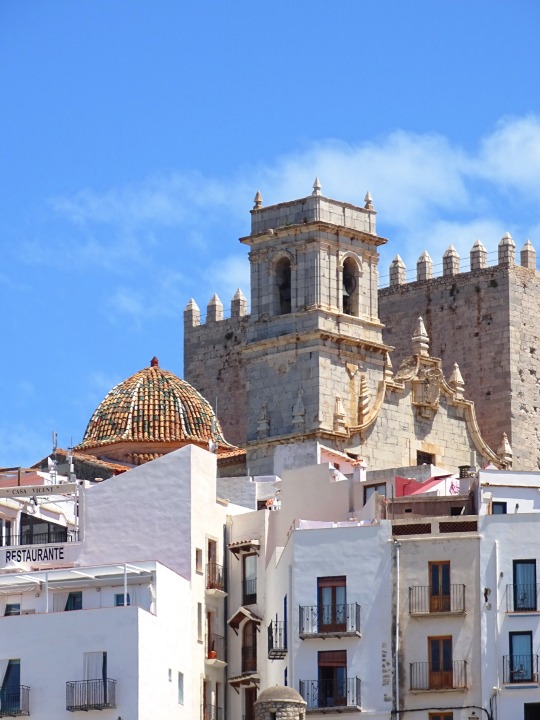



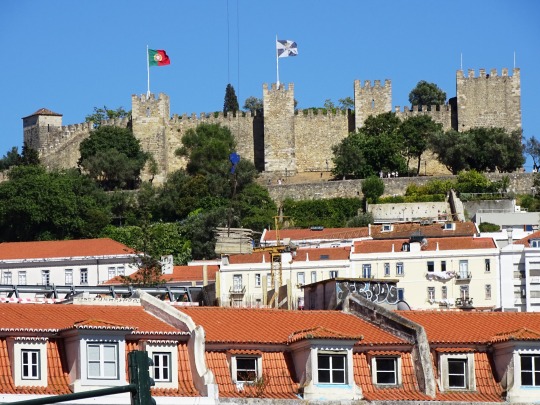
Islamic conquest of Hispania: Moorish troops led by Tariq ibn Ziyad land at Gibraltar to begin their invasion of the Iberian Peninsula (Al-Andalus) on April 27, 711.
#Alcazaba y Murallas del Cerro de San Cristóbal#Almería#Jayran al-Amiri#Reales Alcázares de Sevilla#Islamic conquest of Hispania#Tariq ibn Ziyad#begin#invasion#Iberian Peninsula#Spanish history#travel#Portuguese history#summer 2021#original photography#Sevilla#Castillo De La Calahorra#São Jorge Castle#Lisbon#Portugal#Spain#España#Gate of Forgiveness#Seville Cathedral#Castelló de Farfaña#Castillo de Peñíscola#Mediterranean Sea#Albufeira#Atlantic Ocean#vacation#27 April 711
4 notes
·
View notes
Text

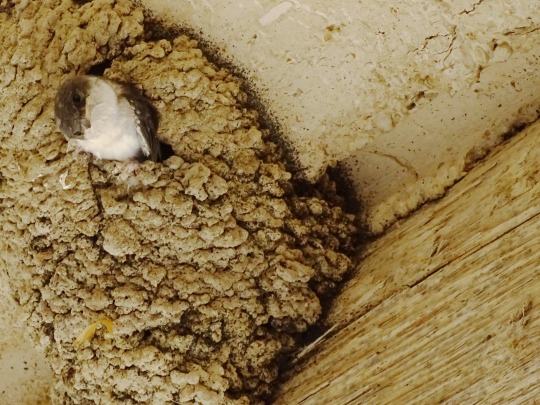
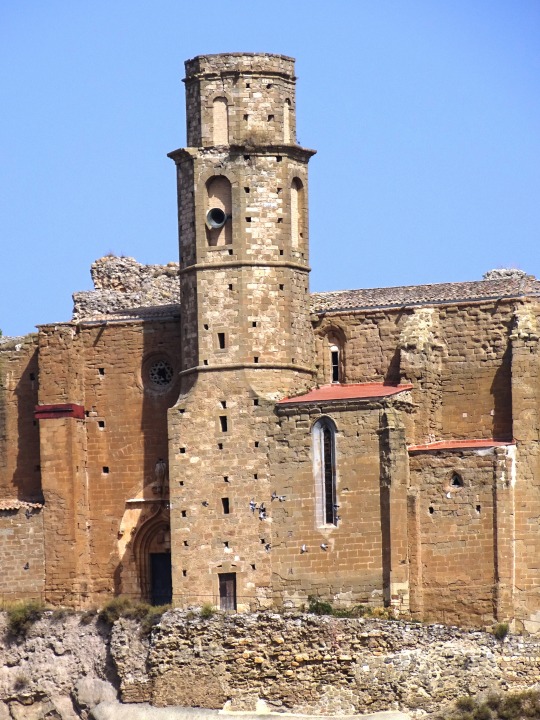

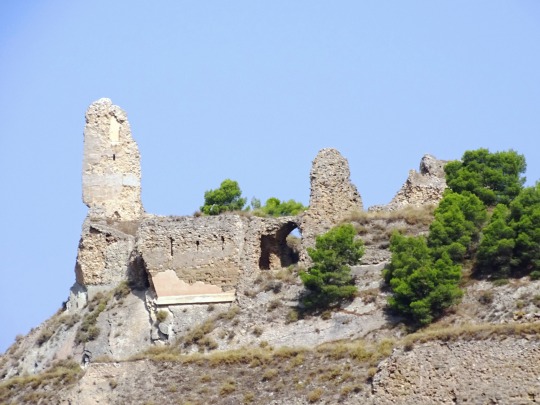
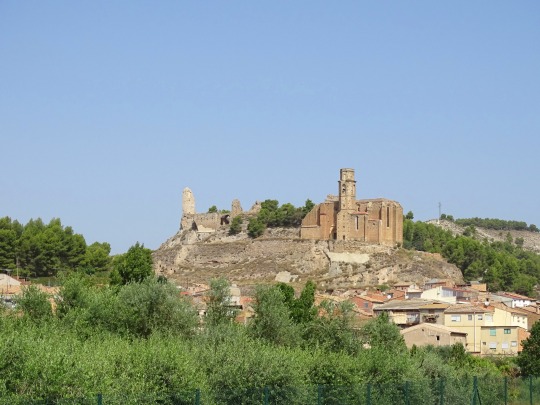


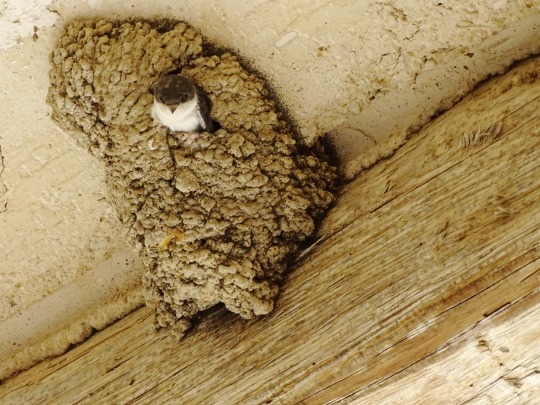

Castelló de Farfanya, Spain (No. 2)
The castle and territory of Castelló de Farfaña was taken from the Saracens in the years 1115-1116 by Viscount Giraldo II de Cabrera, however this conquest was not consolidated until 1130.
In the mid-twelfth century (1156-1157) there is a lawsuit between Ponce I de Cabrera (son of the former) and Ermengol VII of Urgel, which is resolved with the recognition of the rights of the latter over the castle. There are continuous historical references of the castle in the following years: appropriations, relations of goods, legacies, etc.
The countess Cecilia I of Urgel, wife of James I of Urgell decided to build a new church that should replace a previous one, from the twelfth century. The primitive church of Santa María was the seat of a priory dependent on the Collegiate Church of San Pedro de Áger to whom it was given by the same conqueror of the territory, Giraldo II de Cabrera. That church contained the tomb of Count Ermengol IX of Urgel, who died in 1243.
As a curiosity, mention that the fame that Count Pedro II of Urgell (1340-1408) had in his castle of Castelló de Farfaña a safe full of pieces of gold, fitted with so much pressure that he invited anyone who could get some with their fingers, to keep it.
In 1415 Ferdinand I of Antequera sold the lordship of Castelló de Farfaña to the Count of Foix, to end up as the property of the Dukes of Alba.
During the War of the Reapers (1640-1652) the castle experienced several episodes of war. They were not the last, since later we find others. In the Geographical Dictionary, Pascual Madoz (around 1840) mentions it already in ruins.
The castle had a fortified enclosure, or castle itself, as well as a wall that surrounded the town and several watchtowers. The Islamic defense was to focus on the wall on the north side, more defenseless for topographical reasons. In the western area stand the remains of the county buildings, with a circular tower, today very deteriorated. Apart from this set, to the north, on a hill, a watchtower is preserved. To the south there are two towers joined by remains of the wall, which reaches the lower town.
The castle was built with plastered masonry rigging on the outside, and some northern walls were made with irregular ashlars.
Source: Wikipedia
#Castelló de Farfanya#Catalonia#Lleida#Castellón de Farfaña#Spain#España#Southern Europe#travel#original photography#vacation#tourist attraction#landmark#cityscape#architecture#landscape#ruins#bird#bird nest#summer 2021#village#nature#flora
0 notes
Text
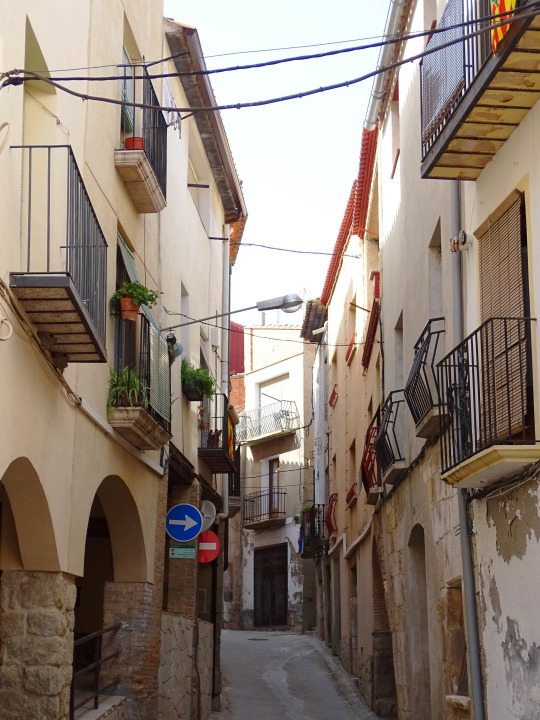

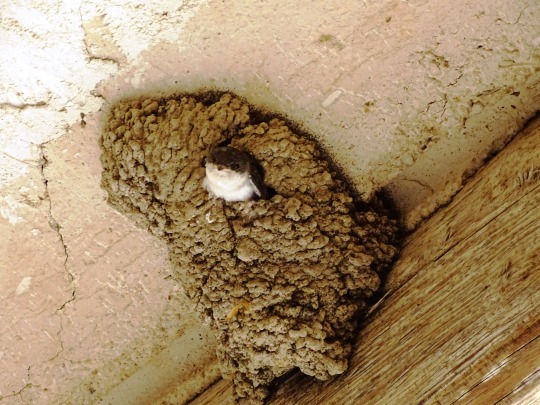
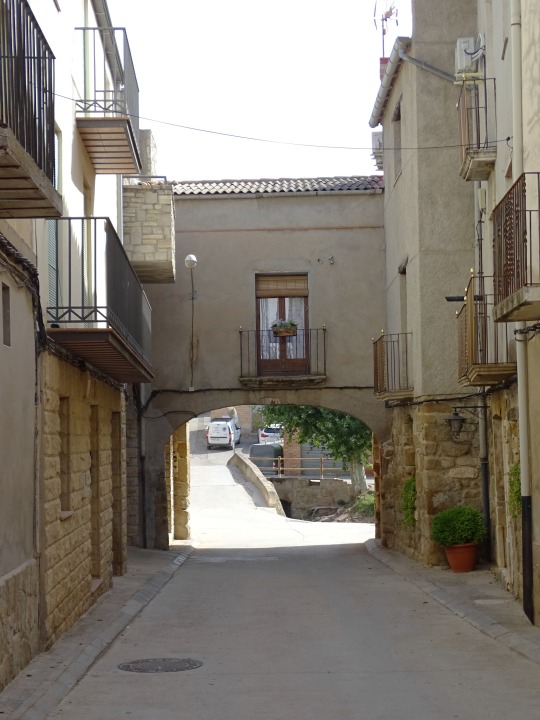






Castelló de Farfanya, Spain (No. 1)
The castle of Castelló de Farfaña is located in the village of the same name Castellón de Farfaña in the Catalan region of (Noguera), on a hill that dominates the town and shares with the church of Santa María. It is currently in ruins.
Everything suggests that the hill where the ruins of the castle are already occupied in Iberian times, the ilergetes had to defend themselves against the Romans. Its importance grows considerably with the fortification of the Saracen era that was part of the defensive chain that ran from east to west and separated the lands of the south, Islamic, from those of the north, Christian. The first certain news of the place dates from 1036, when he was still a Muslim.
Source: Wikipedia
#Castelló de Farfanya#Catalonia#Lleida#travel#original photography#vacation#tourist attraction#landmark#architecture#cityscape#arcaded street#old town#Spain#summer 2021#ruins#bird nest#wildlife#flora#fauna#landscape#España#Southern Europe#Northern Spain#Castle of Castelló de Farfaña#street scene#village#lantern
1 note
·
View note